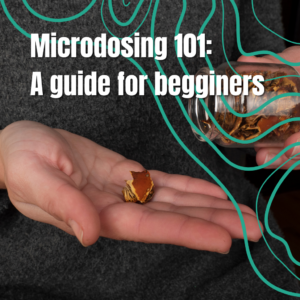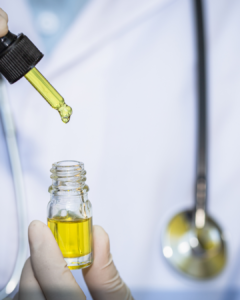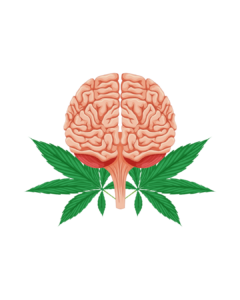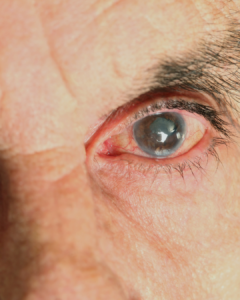

As a city known for its vibrant culture and progressive thinking, Pasadena, California, has a growing interest in cannabis. From its medicinal benefits to its rich history, cannabis is a fascinating topic that warrants exploration. In this article, we’ll delve into 10 interesting facts about cannabis, providing insights into its uses, effects, and cultural significance.
Fact #1: Cannabis Has Been Used for Thousands of Years
Cannabis has been used for medicinal, recreational, and spiritual purposes for thousands of years. The earliest recorded use of cannabis dates back to ancient China, where it was used for medicinal purposes. (Source: National Institute on Drug Abuse)

Fact #2: Cannabis Can Help with Pain Relief
Cannabis has been shown to be effective in reducing chronic pain, inflammation, and discomfort. The plant contains compounds like THC and CBD, which interact with the body’s endocannabinoid system to provide relief. (Source: American Journal of Pain Management)

Fact #3: Cannabis Can Help with Anxiety and Stress
Cannabis has been shown to have anxiolytic effects, helping to reduce anxiety and stress. The plant’s compounds can interact with the body’s serotonin system, promoting relaxation and calmness. (Source: Journal of Clinical Psychopharmacology)
Fact #4: Cannabis Can Help with Sleep
Cannabis has been shown to help with sleep, reducing insomnia and promoting a restful night’s sleep. The plant’s compounds can interact with the body’s sleep-wake cycle, regulating sleep patterns. (Source: National Sleep Foundation)

Fact #5: Cannabis Can Help with Inflammation
Cannabis has been shown to have anti-inflammatory properties, reducing inflammation and promoting healing. The plant’s compounds can interact with the body’s immune system, reducing inflammation and promoting recovery. (Source: Journal of Pharmacology and Experimental Therapeutics)
Fact #6: Cannabis Can Help with Seizures
Cannabis has been shown to be effective in reducing seizures, particularly in individuals with epilepsy. The plant’s compounds can interact with the body’s nervous system, reducing seizure activity. (Source: Epilepsy Foundation)

Fact #7: Cannabis Can Help with Glaucoma
Cannabis has been shown to be effective in reducing intraocular pressure, helping to treat glaucoma. The plant’s compounds can interact with the body’s eyes, reducing pressure and promoting eye health. (Source: American Glaucoma Society)

Fact #8: Cannabis Can Help with Multiple Sclerosis
Cannabis has been shown to be effective in reducing symptoms of multiple sclerosis, including muscle spasms and pain. The plant’s compounds can interact with the body’s nervous system, reducing symptoms and promoting recovery. (Source: National Multiple Sclerosis Society)
Fact #9: Cannabis Can Help with PTSD
Cannabis has been shown to be effective in reducing symptoms of post-traumatic stress disorder (PTSD), including anxiety and flashbacks. The plant’s compounds can interact with the body’s nervous system, reducing symptoms and promoting recovery. (Source: National Center for PTSD)

Fact #10: Cannabis Can Help with Creativity and Focus
Cannabis has been shown to be effective in enhancing creativity and focus, particularly in individuals with attention deficit hyperactivity disorder (ADHD). The plant’s compounds can interact with the body’s brain chemistry, promoting creativity and focus. (Source: Journal of Attention Disorders)
Did you know any of these facts?, Feel Free to share this with someone and don´t forget to visit us if you are in Pasadena, CA.


